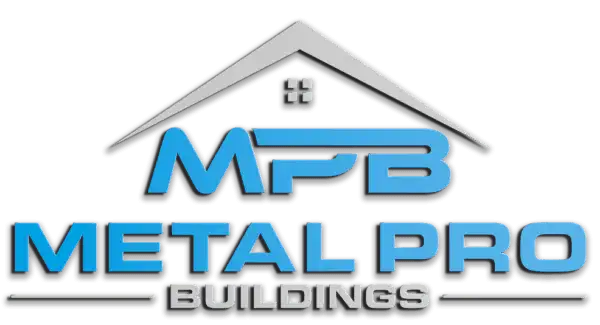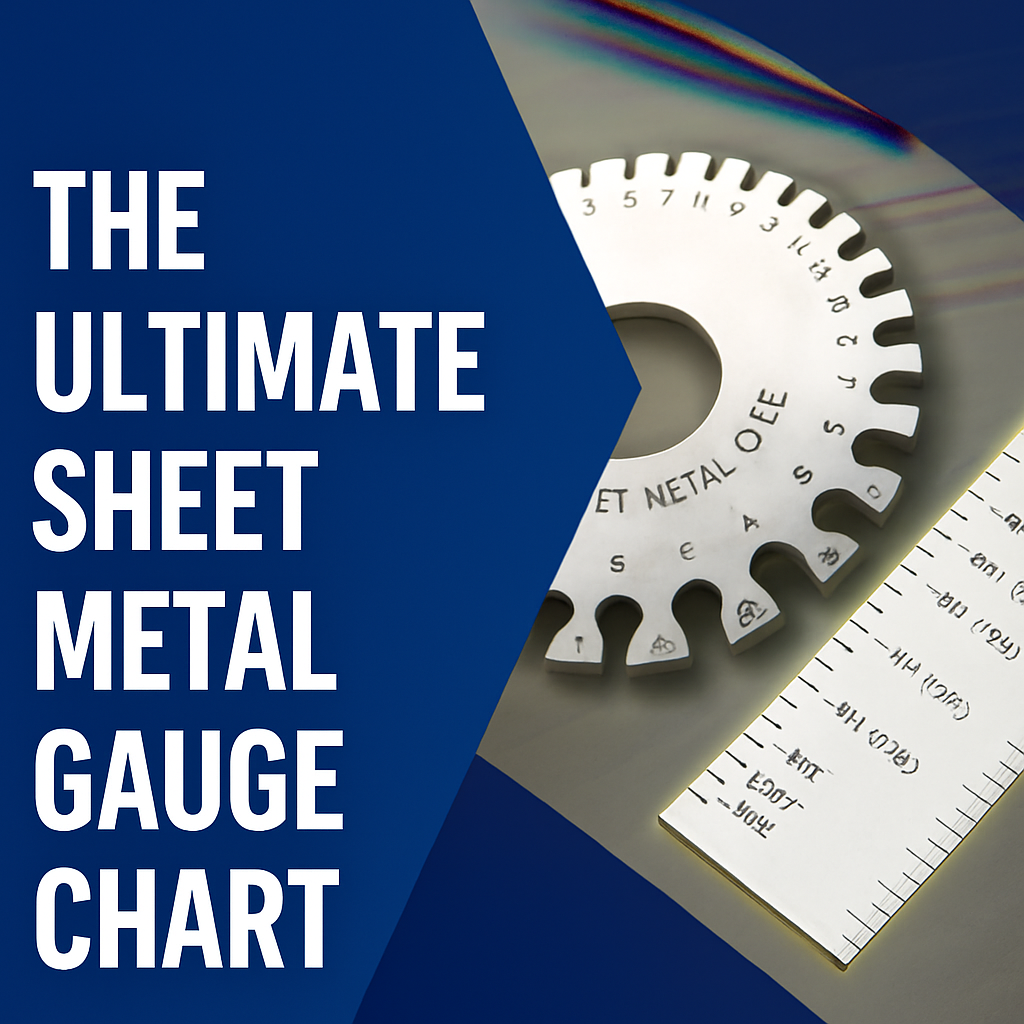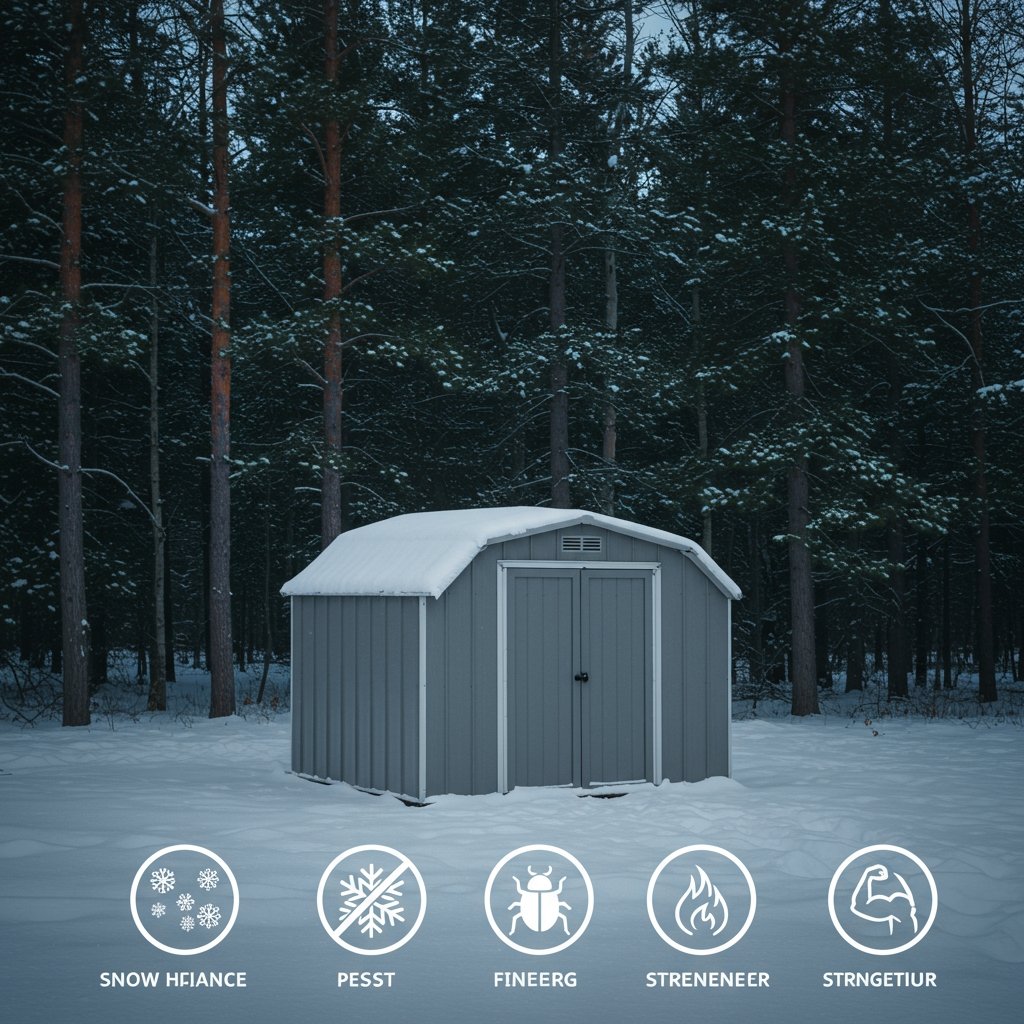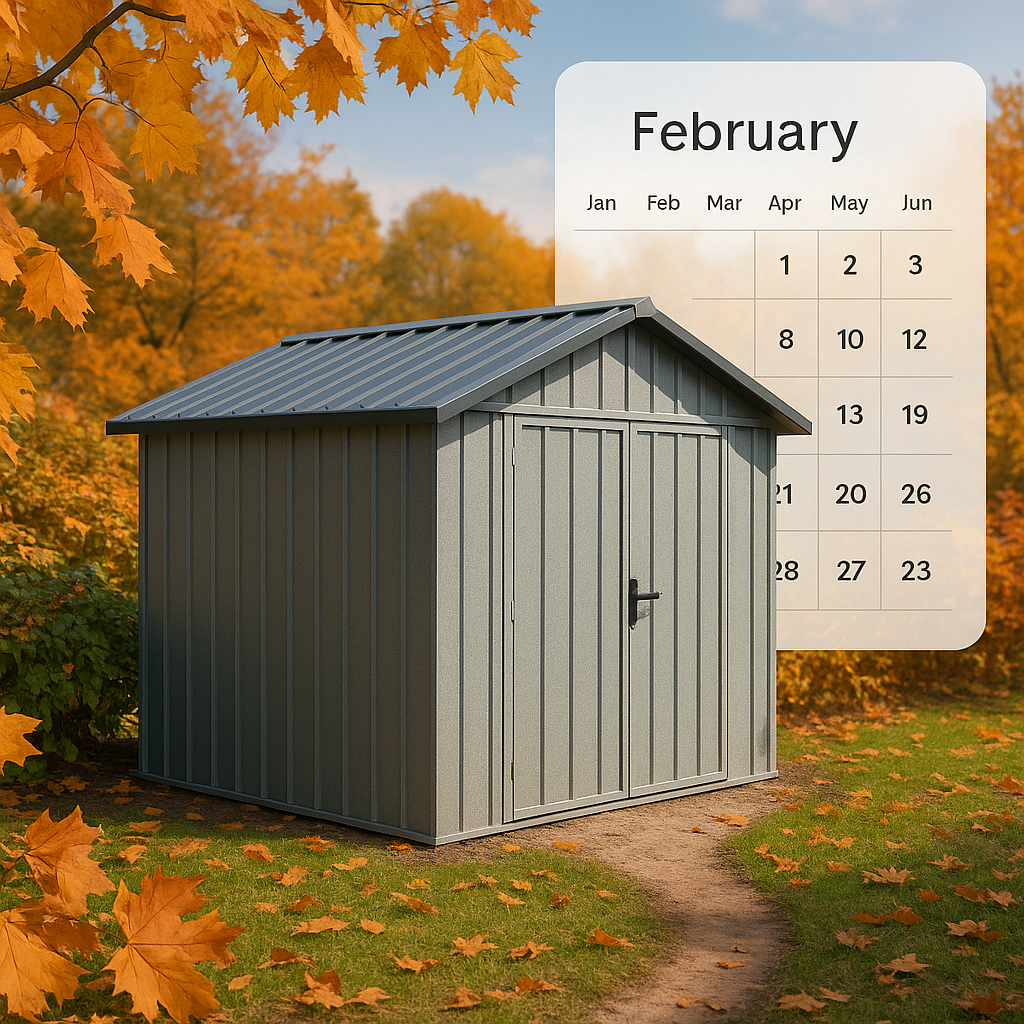Building in Canada isn’t easy. Snow, wind, and wild temperature swings make your choice of structure more than just a design decision; it’s about durability, cost, and survival.
More and more Canadians are weighing two options: the modern, steel Quonset hut, or the familiar, flexible traditional build. Each has its strengths. One’s fast and rugged, the other classic and customizable.
So which is better for your garage, cabin, or farm? In this guide, we’ll break it all down—climate performance, cost, looks, and more so you can make the right call for your land, your lifestyle, and your budget.
The Big Question: What’s the Best Building for Canadian Life?
You’ve got the land. Maybe it’s a half-acre outside Saskatoon, a lakeside lot in Muskoka, or a wide-open prairie farm in Manitoba. You’re ready to build a garage, a cabin, maybe a workshop. But before anything goes up, one question keeps circling in your mind:
What kind of building actually makes sense here?
Because in Canada, your building isn’t just four walls and a roof. It’s your defense against snow that piles up like sand dunes. It’s your shelter from chinook winds, freezing rain, and sudden spring melts. And with materials and labour costs rising every year, you need a solution that’s tough, efficient, and built to last.
That’s where two very different choices come in:
- Quonset Huts: These curved, galvanized steel structures were born out of military necessity. Today, they’re popular among Canadian farmers, DIYers, and rural homeowners for their durability, speed, and low cost.
- Traditional Buildings: Think wood-frame houses, post-and-beam barns, or brick garages. This is the type of building most of us grew up in, reliable, familiar, and often easier to permit and customize in most parts of Canada.
But which one actually works better when the snow hits hard, or when you’re trying to save on heating bills?
In the sections ahead, we’ll dig deep into the pros and cons of each based on real Canadian conditions, costs, and experiences so you can make the best call for your build.
Meet the Competitors: What Are We Comparing?
Before we pit them against each other, let’s get clear on what we’re actually talking about. In Canada, the line between building types can blur but Quonset huts and traditional buildings are very different in both form and function.
Quonset Huts 101: Strength in Simplicity
A Quonset hut is a semi-cylindrical structure made from corrugated steel panels. First used by the military in the 1940s, they’ve since evolved into durable, prefab options for garages, workshops, farm storage, and even homes especially in rural Canada.
What makes them stand out?
- All-steel construction: No internal framing needed. The shape itself supports the weight.
- Prefabricated kits: Shipped in parts and assembled on-site, often in days.
- Low-maintenance: Rust-resistant coatings and simple foundations reduce upkeep.
- Modular and scalable: Need more space? Add another section.
In provinces like Alberta and Saskatchewan, where wide-open land and harsh weather are common, Quonsets have become a go-to for farmers and off-gridders.
Traditional Buildings 101: Familiar and Flexible
When Canadians say “traditional building,” they usually mean wood-frame or post-and-beam structures, often finished with brick, siding, or steel panels. These include:
- Detached garages
- Cabins and cottages
- Pole barns or steel-frame agricultural buildings
These buildings are versatile, adaptable, and often easier to permit in municipalities. They’re also more customizable when it comes to layout, insulation, and interior finishes making them ideal for residential or mixed-use spaces.
You’ll find them everywhere from Toronto suburbs to rural Yukon homesteads. And while they’re slower to build and require more trades, their long-term value and aesthetic appeal make them a classic choice.
Surviving the Canadian Climate: Which One Holds Up?
Canada’s diverse climate presents unique challenges for buildings, from heavy snowfalls in the north to strong winds in the prairies. Choosing a structure that can withstand these conditions is crucial.
Snow Load Capacity
- Quonset Huts: The arched design of Quonset huts allows snow to slide off easily, reducing accumulation. They are engineered to handle significant snow loads, with some models capable of supporting up to 150 pounds per square foot, making them suitable for regions with heavy snowfall.
- Traditional Buildings: These structures often have flat or pitched roofs, which can lead to snow accumulation and increased stress on the roof. Proper design and maintenance are essential to prevent potential damage from heavy snow loads.
Wind Resistance
- Quonset Huts: The aerodynamic shape of Quonset huts offers excellent wind resistance. Their curved surfaces allow wind to flow over them smoothly, reducing pressure points. Some models are rated to withstand winds up to 190 mph, making them ideal for areas prone to high winds.
- Traditional Buildings: Wind resistance in traditional buildings depends on design, materials, and construction quality. While they can be built to withstand strong winds, they may require additional reinforcements, especially in hurricane-prone areas.
Insulation and Energy Efficiency
- Quonset Huts: Modern insulation techniques, such as spray foam, can be applied to Quonset huts to enhance energy efficiency. Proper insulation helps maintain indoor temperatures and reduces energy costs.
- Traditional Buildings: These structures often have more insulation options and can incorporate thicker walls and attics, providing better thermal performance. However, they may also have more areas where heat can escape if not properly sealed.
In summary, both Quonset huts and traditional buildings have their strengths and weaknesses when it comes to surviving Canada’s climate. Quonset huts offer superior snow and wind resistance due to their design, while traditional buildings provide more flexibility in insulation and energy efficiency.
Dollars and Sense: What’s the Smarter Investment?
When deciding between Quonset huts and traditional buildings in Canada, understanding the financial implications is crucial. This section breaks down the costs associated with each option, considering construction, maintenance, and long-term expenses.
Construction Costs
- Quonset Huts: These structures are known for their affordability and ease of assembly. The cost for a Quonset hut kit ranges from $6 to $20 per square foot, depending on size and specifications. When factoring in installation, foundation, and finishing, the total cost can range from $20 to $50 per square foot .
- Traditional Buildings: Constructing a conventional home or building in Canada is significantly more expensive. The average construction cost ranges from $100 to $300 per square foot, influenced by factors such as location, materials, and design complexity .
Maintenance Costs
- Quonset Huts: Made primarily of steel, Quonset huts are resistant to pests, rot, and fire, leading to lower maintenance requirements. Annual maintenance costs are estimated at 1% of the initial construction cost, translating to approximately $1,500 to $2,500 annually for a 10,000 square foot building .
- Traditional Buildings: These structures often require more upkeep due to materials like wood, which are susceptible to rot and pests. Annual maintenance costs can range from 2% to 4% of the initial construction cost, equating to $7,000 to $20,000 annually for a similar-sized building .
Long-Term Considerations
Over a 20-year period, the cumulative costs of construction and maintenance for traditional buildings can significantly exceed those of Quonset huts. Additionally, Quonset huts offer benefits such as faster construction times and potential energy savings due to their design.
In summary, Quonset huts present a cost-effective alternative to traditional buildings in Canada, especially when considering construction and maintenance expenses. However, the choice ultimately depends on individual needs, preferences, and intended use.
Speed, Simplicity, and DIY Power
When considering building options in Canada, the time and effort required for construction are crucial factors. Whether you’re aiming for a quick setup or planning a hands-on project, understanding the construction process of Quonset huts and traditional buildings can guide your decision.
Quonset Huts: Quick Assembly and DIY-Friendly
Quonset huts are renowned for their straightforward assembly process. These prefabricated structures come with pre-cut and pre-drilled components, allowing for a seamless construction experience. Typically, a small team of 3 to 6 individuals can erect a Quonset hut without the need for specialized tools or professional contractors.
The construction process involves assembling arches on the ground and then raising them into position. This method not only simplifies the building process but also significantly reduces construction time. Many DIY enthusiasts find this approach appealing, especially when aiming for a cost-effective and efficient building solution.
Traditional Buildings: Detailed Planning and Professional Expertise
Traditional buildings, such as wood-frame houses or brick structures, often require more intricate planning and professional expertise. The construction process involves multiple stages, including foundation work, framing, roofing, and finishing. Each stage may necessitate different tradespeople, such as carpenters, electricians, and plumbers.
While it’s possible for experienced individuals to undertake a DIY traditional building project, the complexity and time commitment are significantly higher compared to Quonset huts. Additionally, obtaining necessary permits and ensuring compliance with local building codes can add to the project’s duration and complexity.
Permits, Delivery, and Timelines
In Canada, building permits are essential for most construction projects. Quonset huts, due to their standardized designs and prefabricated nature, often have a more straightforward permitting process. Their components can be delivered quickly, and the assembly can be completed in a matter of days, depending on the size and complexity of the structure.
Conversely, traditional buildings may face longer permitting processes, especially if the design is custom or if the project is located in areas with stringent building regulations. The delivery of materials and coordination of various trades can extend the construction timeline to several months.
Customization and Expansion
Quonset huts offer modularity, allowing for easy expansion by adding additional arches. However, their curved design may limit interior layout options. Traditional buildings provide greater flexibility in design and customization, enabling homeowners to tailor the structure to their specific needs and preferences.
In summary, if you’re seeking a swift, cost-effective, and DIY-friendly building solution in Canada, Quonset huts are a compelling option. For those desiring a customized structure with traditional aesthetics and are prepared for a longer construction timeline, traditional buildings remain a viable choice.
Conclusion
In the end, the choice between a Quonset Hut and a Traditional Building in Canada comes down to what matters most to you: cost, speed, durability, design, or comfort. Quonset Huts offer rugged strength, faster builds, and lower prices, making them ideal for garages, workshops, and rural storage. Traditional buildings, on the other hand, provide better insulation, familiar aesthetics, and greater flexibility, especially if you’re constructing a home or something permanent. Think about your location, your goals, and your budget then choose the structure that fits your Canadian lifestyle best.





